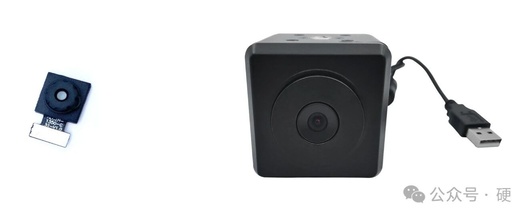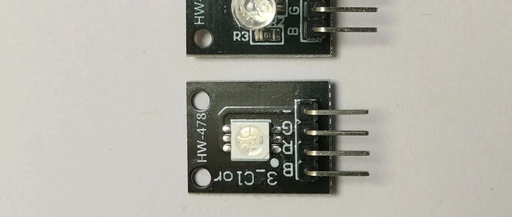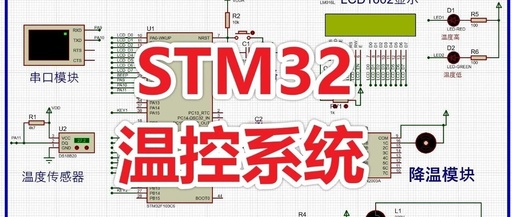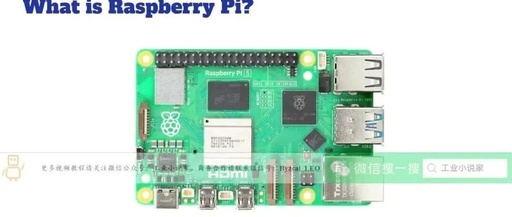Xi’an Jiaotong University Embodied Intelligence Robotics Institute Unveils Humanoid Robot Matrix
Science and Technology Think Tank On March 29, the Embodied Intelligence Robotics Institute, co-founded by Xi’an Jiaotong University and the leading domestic mobile manipulation robot company Youai Zhihui, unveiled the humanoid robot matrix developed by the team, showcasing one of its wheeled humanoid robots – Xunxiao. The humanoid robot series announced by the institute includes … Read more









